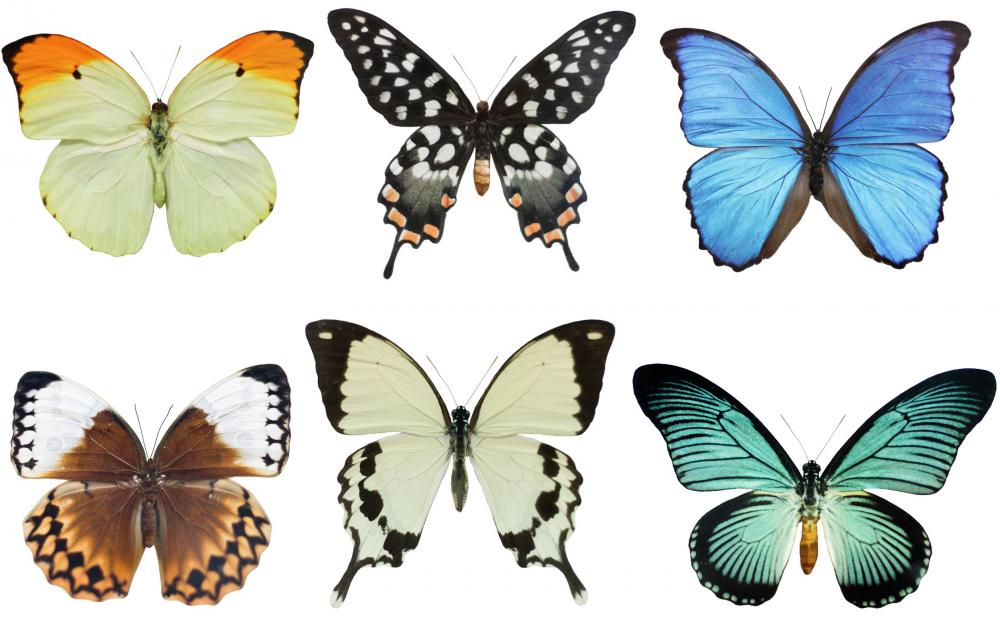At HomeQuestionsAnswered, we're committed to delivering accurate, trustworthy information. Our expert-authored content is rigorously fact-checked and sourced from credible authorities. Discover how we uphold the highest standards in providing you with reliable knowledge.
What is Dryopteris?
Dryopteris is a large genus of ferns found widely distributed across the Northern Hemisphere, particularly in regions with temperate climates. Several members of this genus are cultivated as ornamental plants and at least one has medicinal uses. In addition, the tender young fiddleheads of some species are edible and can be prepared in a variety of dishes. Nurseries usually carry or can order Dryopteris species for their customers and it is also possible to make exchanges with other gardeners.
Members of this genus produce very large, lacy foliage in a dense crown. The fronds tend to ring the base of the fern and can become entangled as the ferns grow. Dryopteris tends to be a messy fern, growing in loose clumps and spreading when it is grown in a climate it appreciates. The size and arrangement of the spores on the underside of the leaves vary, depending on the species, and the foliage will die back in the fall and winter months, with some species turning red or bronze.

United States Department of Agriculture (USDA) zones five through eight are generally temperate enough for members of this genus, and some gardeners have success in zone nine if they plant their ferns with care. It is important to avoid placing the ferns in an area where they will get too hot or be subjected to extreme cold. The ferns prefer partial to full shade and rich soil with lots of organic material, conditions similar to those found in their woodland habitat.

The genus name translates as “oak fern,” a reference to the fact that these ferns are often found in forests. Common names for Dryopteris include woodland fern, tree fern, buckler fern, male fern, and wood fern. These ferns are used as a food source by some kinds of butterfly larvae and can be a good addition to a garden where people want to encourage butterflies to thrive. Medicinally, D. felix-mas has anthelmintic properties and has been used historically to treat people with worms.
These ferns hybridize very readily. For gardeners, this provides access to a variety of hybrid species developed with favorable traits include tolerance to cooler climates and interesting foliage. In the wild, it can pose a challenge to botanists, as it is sometimes difficult to identify Dryopteris reliably. Hybridization also blends the lines between fern species, a particular problem when people are trying to narrow down threatened or endangered species so they can be protected.
AS FEATURED ON:
AS FEATURED ON:












Discuss this Article
Post your comments